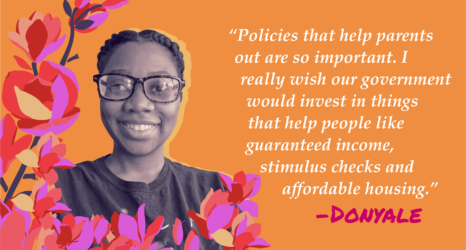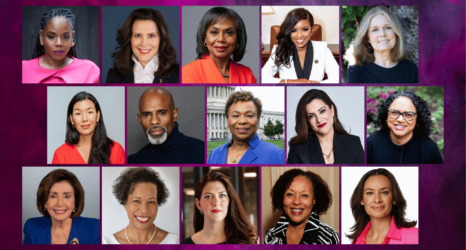Last Friday, a white police officer in McKinney, Texas, Cpl. Eric Casebolt, responded to a call about an incident at a teenage pool party. While there, he grabbed—by the hair—bikini-clad Dajerria Becton, a 15-year old African American girl who was a guest at the party, wrestled her to the ground and held her there with his knees. After bystanders intervened on Becton’s behalf, the officer pulled out his gun and turned it on the teenagers. All of this is documented in a video that has gone viral in the days since the catastrophe, causing waves of media coverage and discussions on the role of race in the violent exchange.
The Dallas Morning News, for instance, began its coverage of the story by saying, “Either racist white residents of Craig Ranch and McKinney police harassed neighborhood Black kids at a pool party Friday—or law officers safely dispersed a loud, out-of-control mob of interloping teenagers.” They went on to present the testimonies of “frightened” neighbors, as well as evidence that the partygoers may have been to blame for starting a confrontation with a white neighbor that turned physical.
And Megyn Kelly of Fox News, after blaming Becton for the incident by saying the teenager was “no saint,” posed this question: “What is the evidence it is a race thing as opposed to [an] excessive force thing?”
Well, Megyn, this “race thing” and “excessive force thing” have been linked for decades—if not centuries. Casebolt’s violent handling of Becton—an unarmed, vulnerable teenage girl—is attached to a much larger theme of policing Black bodies in American history.
In the U.S., Black children aren’t afforded the same level of innocence or childhood freedom as white children. From a young age, Black students are more likely to be punished, often pushing them out of school and into the criminal justice system (known as the school-to-prison pipeline). Studies have shown that Black boys are often viewed as less “childlike” and “more responsible for their actions” than their white peers and therefore “more appropriate targets for police violence.” And studies have confirmed that white policemen see African American boys this way—Tamir Rice’s case is a tragic example of this. Black girls have a long and distinct history of having their bodies policed because of systemic prejudices; in fact, they often face higher rates of punitive punishment in school than their male classmates.
Some news outlets, in covering the McKinney case, have perpetuated myths about Black children as inherently adult by ignoring the fact that children often make choices that would be inappropriate if they were old enough to know better. On CNN, for example, law enforcement analyst Cedric Alexander criticized the McKinney teens for “attempt[ing] to overtalk the police.” This type of analysis is inherently problematic because it suggests Black youth are not allowed to make mistakes. Alexander is essentially letting the officers off the hook, whereas he is telling the group of minors that they should have acted more maturely. A quick note here: the white teen who recorded the now-infamous video has since gone on record and said, “[The cop] didn’t even look at me. It was kind of like I was invisible.”
Watching the video of the McKinney incident, it’s impossible to ignore themes of white domination: The moment when Casebolt stands over Becton, pinning her down, is a physical manifestation of current inequalities that are a result of centuries of discrimination. It also draws on histories of white male ownership of Black women’s bodies, beginning with slavery.
As author Morgan Jenkins writes, “Historically, white women were considered to be the pillar of innocence and modesty, so much in fact that Black men were lynched for having sexual relations with them, or something as small as making eye contact. For Black women, they were always seen as fair game for degradation and violation.”
The degradation and violation continue: Last year a video went viral of a California Highway Patrolman assaulting and pinning down Marlene Pinnock, an African American woman who was detained for walking alongside a freeway. Many commented on the sexually submissive position in which the officer held her, calling it excessive; civil rights lawyer John Burris said that “the level of force that was being used against [Pinnock]…represents Constitutional violations.”
Unfortunately, cases like Becton’s and Pinnock’s are not outliers. #SayHerName, a campaign launched recently by the African American Policy Forum, aims to highlight the recurring police discrimination faced by Black women. #BlackWomensLivesMatter made a similar effort.
The media has a role to play in all of this: It’s critical for pundits to keep in mind the centuries of racial history they are dealing with when tackling incidents like the one in McKinney—because when a white police officer grabs an African American girl by her hair, pins her to the ground and draws his gun on a group of unarmed teenagers, there’s no way it can’t be a “race thing.”
Get Ms. in your inbox! Click here to sign up for the Ms. newsletter.
Photo courtesy of Flickr user Adityo Sastromuljono licensed under Creative Commons 2.0
Emma Niles is a recent graduate of the University of California, Santa Cruz and an editorial intern at Ms. Follow Emma on Twitter @emmalorinda.





